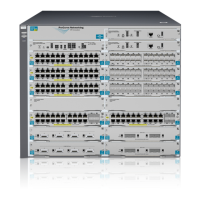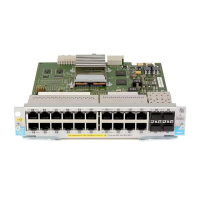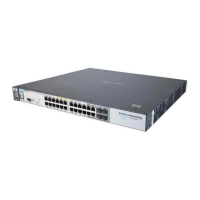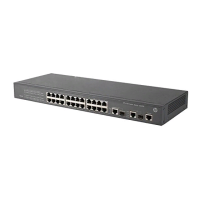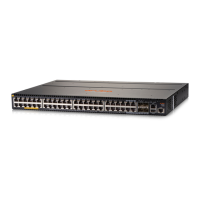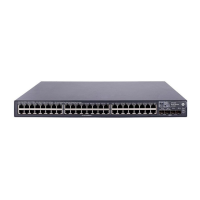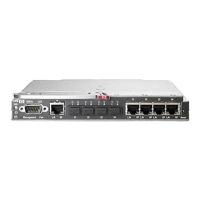172 Theory of operation ENWW
Environmental change control
This control calibrates each bias value to obtain the best image according to the environmental
changes.
The environmental conditions sensor (PS15) on top of the fan detects the temperature and the
humidity. The PS15 sends this information to the DC controller in the form of the TEMPERATURE
DETECTION signal (TEMSNS) and the HUMIDITY DETECTION signal (HUMSNS).
The DC controller monitors the environmental conditions of the printer based on these two signals.
The DC controller controls the following biases to prevent image defects when it detects an
environmental change upon receipt of these two signals.
● developing bias
● primary transfer bias
● secondary transfer bias
If the environment sensor detects a temperature below -30 degrees C or over 80 degrees C, the
DC controller determines this an "environment sensor abnormality" and sends an error message to
the formatter.
Image density control (D-max)
This control calibrates the value of the developing bias to stabilize the image density.
The DC controller runs the D-max control under the following conditions:
• Power on
• A door is closed after replacement of cartridge
• A specified time has elapsed since the last rotation of the developing cylinder
• A specified amount of environmental conditions has changed since the last image density
control
• A command is received from the formatter
The following is the sequence of this control. (See Image density detection on the following page.)
1 The DC controller forms 2 lines of density detection patterns (1 line each of the identical
patterns at both sides) in each color on the ITB.
2 The DC controller measures the density of each detection pattern by controlling the color
misregistration sensor. (See Image density detection, on the following page)
3 The DC controller adjusts the developing bias according to the density of the detection
patterns to obtain the correct density.
Image halftone control (D-half)
The control is to measure the halftone density sent from the formatter and send the measurement
back to the formatter so that the formatter can perform an ideal halftone calibration.
The DC controller controls the D-half, following the sequence below, upon receipt of a command
from the formatter.
The following is the sequence of this control.
1 The DC controller forms each color’s density detection patterns on the ITB according to the
image data received from the formatter, at the best developing bias value adjusted under the
D-max control.
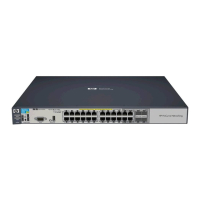
